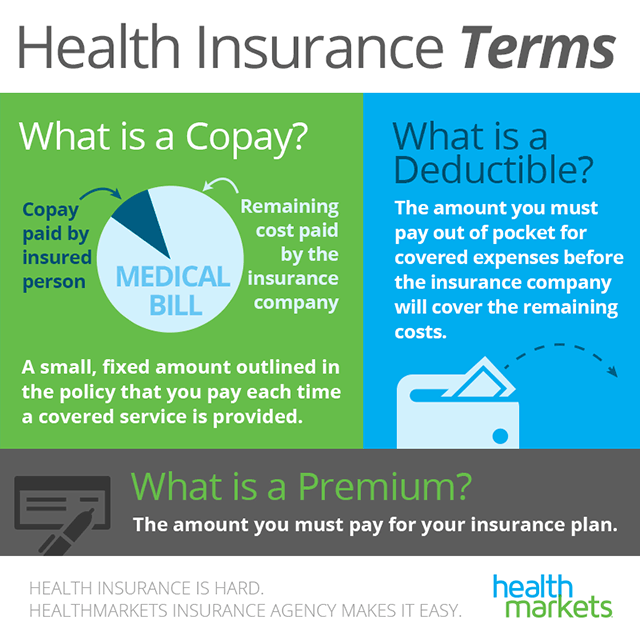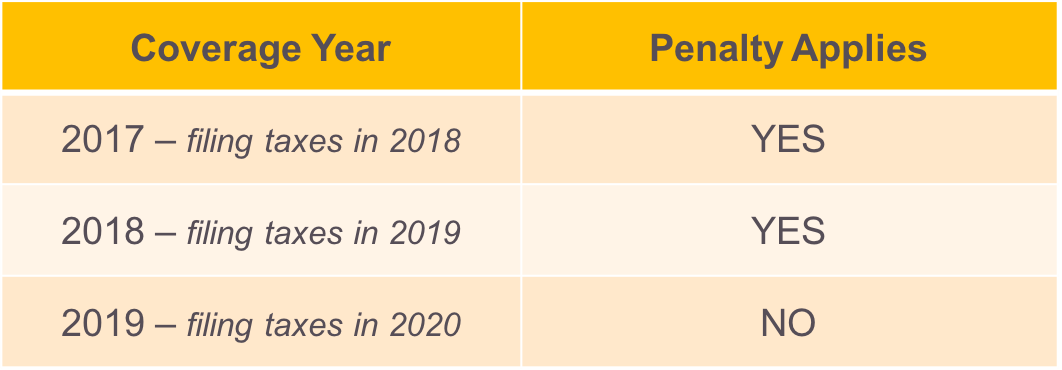Another factor affecting the level of premiums is the cost of administering a health plan. Some administrative costs (such as those for client service) vary with the number of enrollees in a plan, however others (such as those for sales and marketing efforts) are more fixedthat is, those costs are comparable whether a policy covers 100 enrollees or 100,000.
Some administrative costs are unavoidable, but propositions that move registration away from the small-group and private markets have the prospective to prevent the included administrative expenses per enrollee that are observed in those markets. In other cases, however, trade-offs might arise between reducing administrative costs and limiting total health expenses and insurance policy premiums due to the fact that some administrative expenses are incurred when using management tools designed to limit health care spending.
The best effects on health care costs are likely to be for the latter group due to the fact that their usage of health care services might increase considerably as soon as they ended up being insured. After accounting for differences in the demographic characteristics and health status of the two populations, CBO estimates that the uninsured use about 60 percent as much care as similar individuals who are insured.
The remaining gap shows CBO's evaluation that, usually, people without insurance have a somewhat lower tendency to use health care servicesa propensity that would persist if they ended up being covered under a brand-new program. Supplying all uninsured people with such protection would hence cause overall demand for health care services to increase by 2 percent to 5 percent.

Fascination About What Does No Fault Insurance Mean
In addition, how proposals that do not achieve universal or near-universal coverage would affect individuals's healthcare costs depends on the level to which the uninsured would be covered under a plan and on assumptions about the underlying demand for healthcare among individuals who would become insured. For more incremental boosts in insurance protection rates, CBO would assume that individuals who enrolled under a brand-new program would have a higher tendency to use healthcare than those who did https://stephenjbtc125.shutterfly.com/41 not register.
In addition, research studies indicate that about one-third of the services the uninsured population uses either are attended to complimentary or yield lower overall payments to service providers than if the very same services were provided to privately insured people. To the extent that unremunerated care became compensated, spending for the currently uninsured population would increase even if they did not utilize more services.

In exchange for premium payments, the insurer accepts cover specific medical services that are defined in the plan. The strategy also information the share of expenses that both the insurance company and the enrollee will bear for each of those services. Therefore, two key style components of a medical insurance plan are its scope of covered advantages and its cost-sharing requirements.
Legal proposals to increase the number of insured people might need that medical insurance plans cover specific types of medical services. Under such proposals, individuals (or their companies) might not qualify for subsidies or fulfill a required unless they were covered by strategies that consisted of those advantages. Benefit mandates guarantee that enrollees who might require those services will have coverage for them, but they likewise tend to raise insurance coverage premiums in order to cover the included costs of the services.
The Facts About How Much Is The Penalty For Not Having Health Insurance Revealed
Furthermore, due to the fact that numerous states already require protection of various benefits, the effect of any federal mandates would depend upon their scope relative to those existing state requirements and their applicability to strategies that fall outside the purview of state guideline. Empirical evidence on the impact of benefit mandates on premiums and protection is restricted.
That figure overemphasizes the level to which benefit requireds raise medical insurance premiums nationally, for 2 reasons: first, since Maryland mandates more advantages than the majority of other states; and second, due to the fact that some insurers would have covered the mandated advantages even if they had not been required to do so (an element noted in the study).
Cost-sharing requirementsthe quantity that consumers are needed to pay of pocket when they use health care servicescan take the type of deductibles, co-insurance, or copayments. Deductibles are the amount of spending an enrollee needs to incur prior to protection starts; coinsurance and copayments are a part of investing an enrollee pays at the time of service.
( See Chapter 1 for additional discussion of cost-sharing requirements - what is a certificate of insurance.) A proposition to increase healthcare coverage might specify either minimum or maximum levels of expense sharing that would be permitted in order for an insurance plan to receive a subsidy or satisfy a mandate. For example, in order to contribute to a health cost savings account (which allows enrollees to pay many of their out-of-pocket expenses using tax-preferred funds), a private should be enrolled in a medical insurance policy that in 2009 has an annual deductible of a minimum of $1,150 for single coverage or $2,300 for family protection and has a yearly limitation on out-of-pocket costs that does not surpass $5,800 or $11,600, respectively.
See This Report about How Much Do Prescription Drugs Cost Without Insurance?
The Medicaid program fills that function for low-income Medicare enrollees by providing to cover their cost-sharing requirements under Part A and Part B of that program. About 12 million Medicare enrollees with low income and few possessions are entitled to aids that lower or remove the deductible or other cost-sharing requirements under the Medicare drug benefit.
( See Chapter 2 for a discussion of the concerns that emerge in targeting such help towards lower-income people.) Changes in cost-sharing requirements primarily impact premiums by moving the share of spending that is covered by the policy in between the insurance provider and the enrollee. Those modifications can also impact premiums, nevertheless, by triggering overall healthcare spending to increase or decrease.
The RAND study determined the results of cost sharing on the use of services, expenses for health care, and health outcomes by randomly designating nonelderly individuals to a number of different kinds of health insurance strategies and tracking their experience over time. A major advantage of using random task is that differences in outcomes throughout strategies can be credited to the design features of each of the plans rather than to the qualities of individuals who were registered in them.
( The distinctions in health care costs that would be covered by the strategy were even bigger; compared with the free-care plan, covered costs had to do with 40 percent lower with 25 percent coinsurance and about two-thirds lower with 95 percent coinsurance.) The RAND study also discovered that the impact of cost-sharing requirements varied with the type of services offered.
Some Ideas on What Does Renters Insurance Not Cover You Should Know
Compared with study participants who got complimentary care, those with cost-sharing requirements made, usually, one to two less check outs to their medical professionals and had 20 percent less hospitalizations throughout a year. The decrease in the use of health care services that resulted from cost-sharing requirements did not have a substantial impact on health results for the basic population, although some unfavorable effects were observed for low-income individuals in bad health.